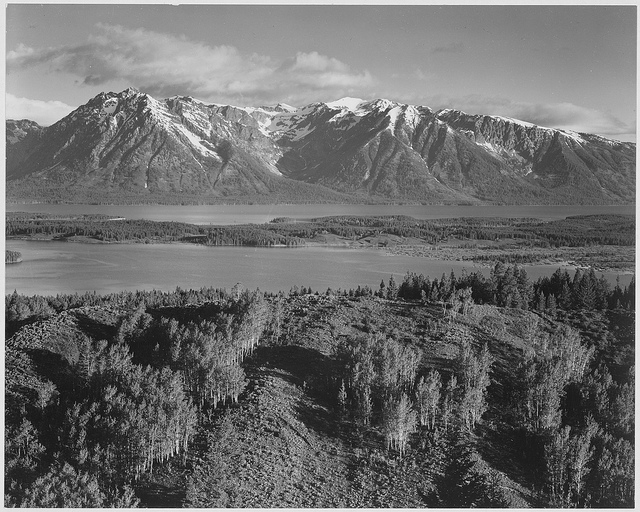The Great Outdoors is a Great Place for Cause Marketing
I've always been interested in how state and national parks--and green spaces in general--can use cause marketing to raise money. These popular places are a national treasure, but government funding is bottoming out. They need to diversify to raise more money.
The Los Angeles Times agrees with me. And I agree with them that while adopting cause marketing "options might conjure up a mountain range's worth of slippery slopes, they're better than the alternative."
So parks need to move deliberately but carefully. Along the way, they need to recognize the realities and opportunities of cause marketing, and the role technology can play in saving these "unplugged" places.
Here's my cause marketing checklist for America's parks.
- Cause marketing is a life preserver not a ship. Parks need to be realistic about how much they can do with companies and how much it will raise. Judging from the tone of the Los Angeles Times story, it seems like parks understand the risk of plastering corporate logos everywhere. What they may not know is that cause marketing won't solve all their financial woes. It will help, for sure. But we're not talking about a mountain of money. Jocelyne Daw has a good rule of thumb on this: 5-15% of your total revenues. That's what nonprofits can expect to raise from cause marketing. So if your park has a $500,000 budget you can expect to raise between $25,000 and $75,000. It's not chump change, but it may not be as much as you expected.
- The real money isn't in the companies. It's in the customers. The LA Times story made mistake a lot of people make: they called sponsorship cause marketing. They talked a lot about logos and billboards and even warned that wooing money from companies may send consumers the wrong message that their support isn't needed. Good cause marketing, however, taps company and consumer generosity. For every cause marketing program that is funded by a company, there should be another that allows consumers to give to the parks through or because of the company. The reason is simple: you'll always raise more money from consumers
- Skip ahead to mobile. There's a lot of justified concern about corporate signage cluttering parks. I know I wouldn't be happy if Thoreau's house at Walden Pond had a corporate logo hanging off it. Fortunately, parks don't need to offer signs and billboards, but they do need to jump ahead with mobile technology and tap text messaging, location-based services and QR codes. Who needs a Tide laundry detergent sign at Old Faithful when visitors can use their phones to check-in and learn how Tide is matching consumer donations to the nation's first laundry machine! But parks have to shake themselves loose of traditional tools and think progressively.
- Have clear guidelines, but stay flexible. Strict guidelines are necessary, but they shouldn't handicap new kinds of partnerships. Say a local waste management company wants to support a park but instead of cash they offer to dispose of trash and mobilize their workforce for park cleanup days. Will parks say no because it doesn't meet the "guidelines"?
- It's about philanthrotunity. It's not about a cause marketing. It's about parks thinking innovatively about their unique assets and how they can leverage them creatively and lucratively with companies, consumers and visitors. Cause marketing is just another hammer in the toolbox.
Parks need to reorient themselves on who they are and what they do if they hope to survive. Henry David Thoreau, the father of environmentalism, set off to live a deliberate life in the woods but journeyed just two miles from his mother's house in Concord, Massachusetts. No matter. Thoreau's journey was within, not without.
Parks don't need to sell their lands or their souls to save themselves. But they do need to adjust their thinking and work inside out. There's a forest beyond the trees.
Thanks to David Hessekiel at Cause Marketing Forum for pointing me to this Los Angeles Times article.

